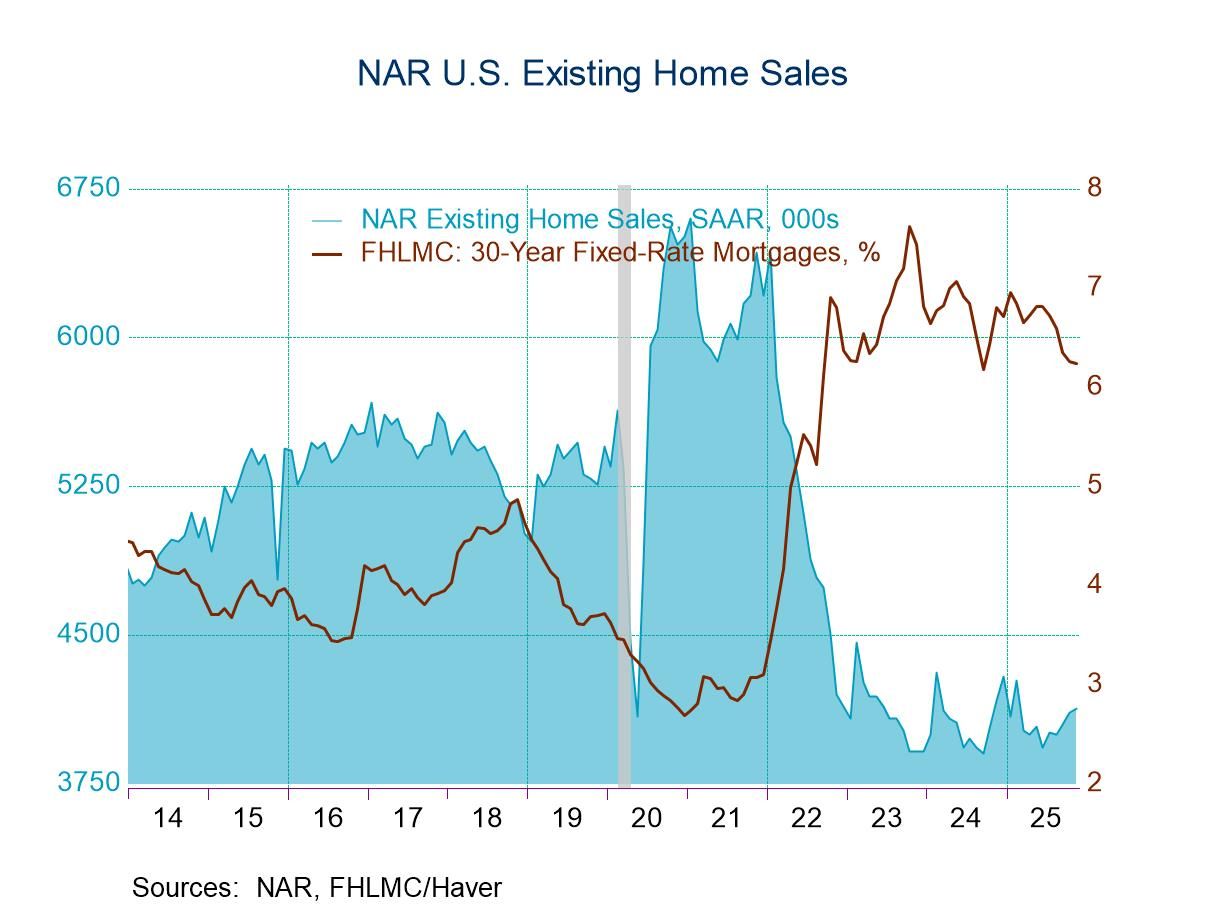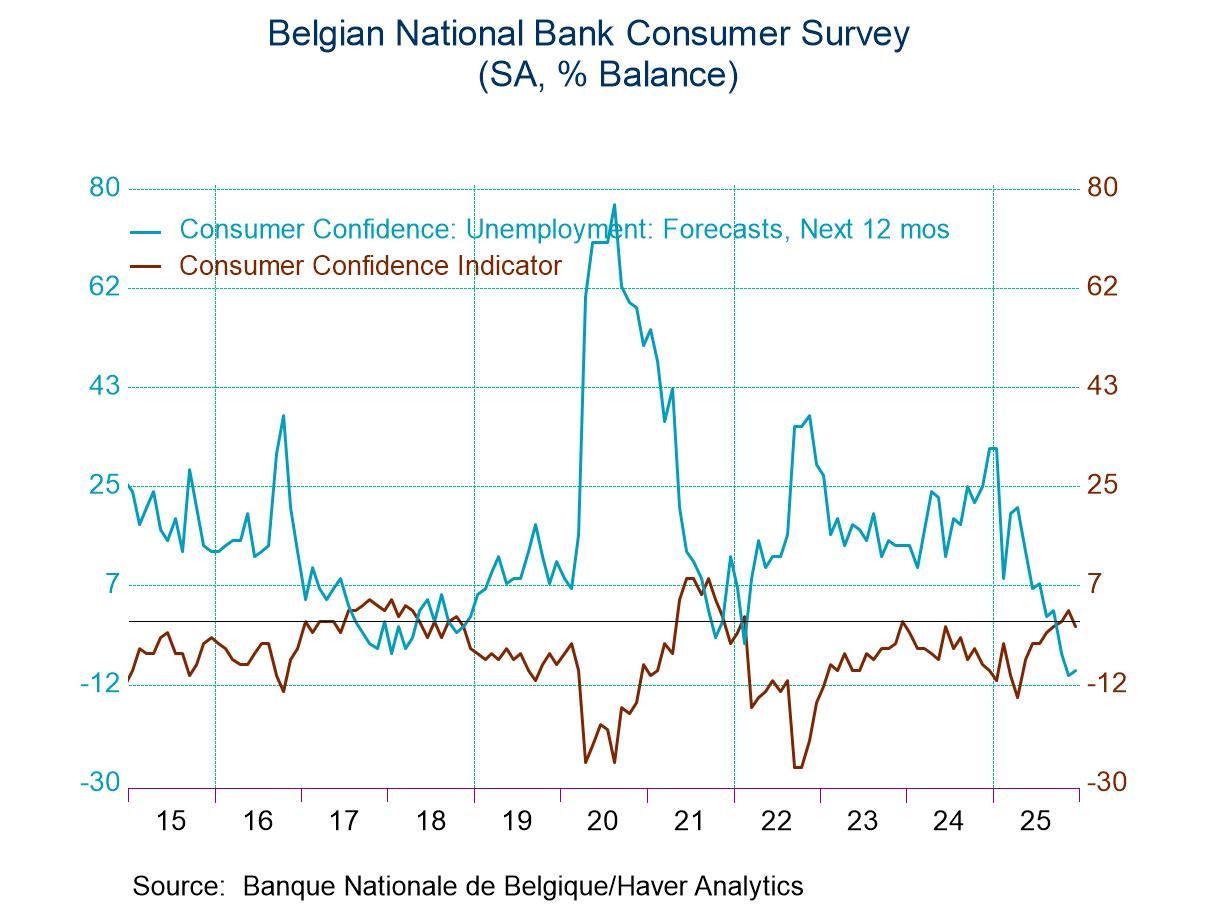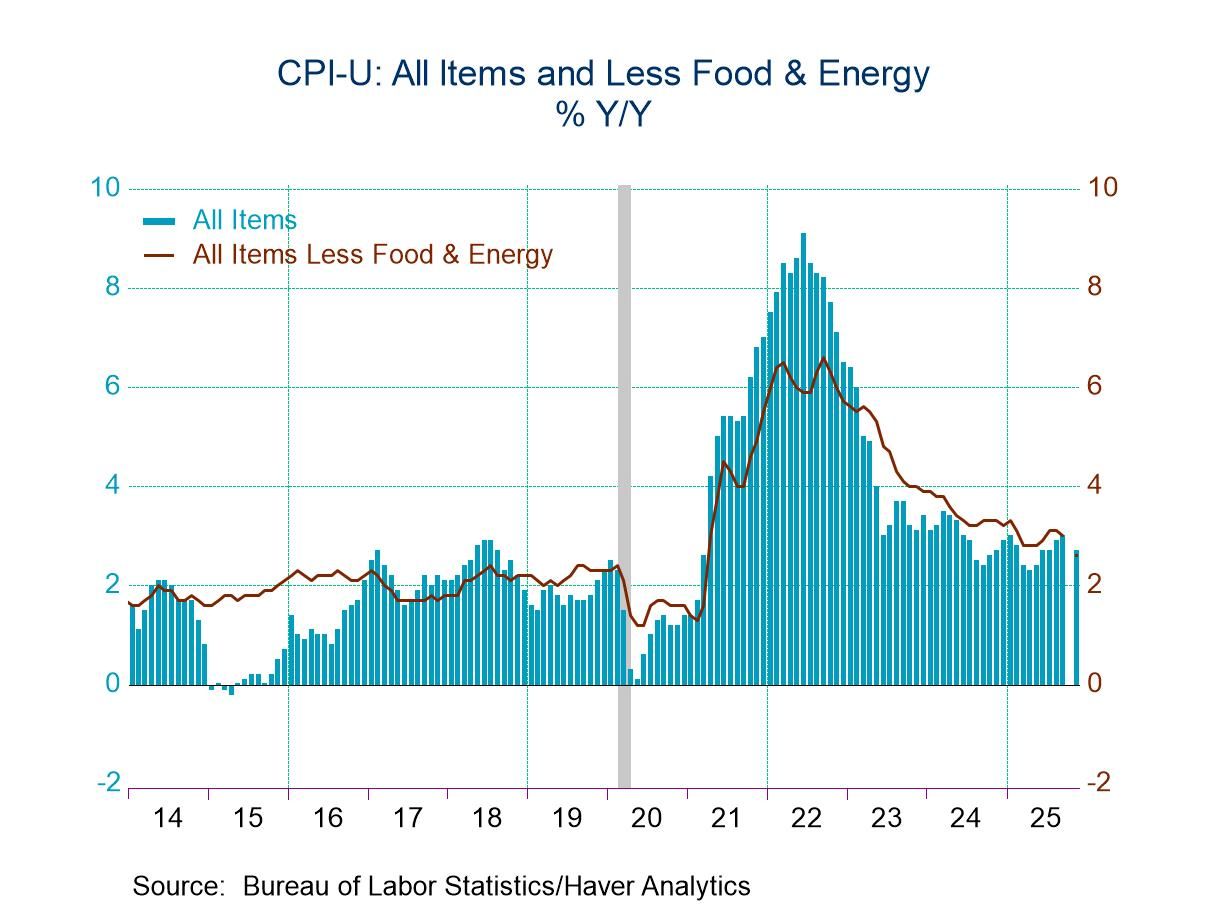Q1 2024 GDP Growth Revised Up/ Demand Down
by:Sandy Batten
|in:Economy in Brief
Summary
- Real GDP growth in Q1 was revised up to 1.4% from 1.3%.
- PCE growth revised down markedly to 1.5%, the weakest reading in three quarters.
- Both GDP and PCE inflation revised up 0.1%-point.


In the third estimate, real GDP growth in Q1 2024 was revised up to 1.4% from 1.3% in the second estimate. However, this is still slightly slower than the advance estimate of 1.6% and sharply slower than the 3.4% quarterly gain in last year’s Q4. A 1.4% increase had been expected by the Action Economics Forecast Survey. While the upward revision to GDP indicated a slightly bigger increase in production, demand slowed, led by a marked downward revision to personal consumption growth. Final sales to domestic purchases (a popular measure of domestic demand) slowed to 2.4% from 2.5% in the second estimate and 2.8% in the advance report. Inflation also remained elevated. The GDP price index increased 3.1% q/q SAAR, up from 3.0% in the second estimate and 1.6% in Q4.
The composition of GDP was revised meaningfully for a third estimate. (Third estimates are typically quite modest.) Personal consumption expenditure growth was revised down to 1.5% q/q from 2.0% in the second estimate and 2.5% in the advance report. This reduced the contribution from PCE to overall GDP growth by 36 basis points to 0.98%-point and stands in sharp contrast to the 2.2%-point contribution made in Q4. The downward revision to Q1 PCE was widespread. Spending on goods fell 2.3%, down from the second estimate of 1.9% with larger declines in spending on both durable (-4.5% vs -4.1%) and nondurable goods (-1.1% vs -0.6%). The drop in spending on durable goods reflected a 14.0% quarterly slump in spending on motor vehicles (revised from -13.4% in the second estimate and -9.0% in the advance report). Spending on services was revised down significantly to 3.3% from 3.9% in the second estimate.
The smaller contribution from PCE was offset by a larger contribution from fixed investment, a smaller trade deficit and faster government spending. Growth of fixed investment was revised up to 7.0% from 6.0% with upward revisions to both nonresidential (4.4% vs 3.3%) and residential (16.0% vs 15.4%) investment, raising its contribution to GDP growth by 17 bps to 1.19%-points. The 7.7% quarterly jump in imports was revised down to 6.1%. As a result, the previously estimated widening of the trade deficit was reduced by $15 billion. Consequently, the drag from net exports was revised down to 65 bps from 89 bps in the second estimate. Growth in government spending in Q1 was also revised up to 1.8% from 1.3% in the second estimate. This reflected a smaller decline in spending by the federal government and a larger increase in spending by state and local governments. The revision raised the contribution of government spending to overall growth by 8 bps.


Inflation remained elevated in Q1 and in fact, was revised up slightly in the third estimate. GDP price inflation was revised to 3.1% from 3.0% in the second estimate, remaining well above the 1.6% quarterly increase in last year’s Q4. Elevated GDP inflation continued to be led by elevated PCE inflation which was revised up to 3.4% in the third estimated from 3.3% and up markedly from 1.8% in Q4. Core PCE inflation (that is, excluding food and energy prices) was also revised up in the third estimate, to 3.7% from 3.6% in the second estimate and 2.0% in Q4. Neither PCE inflation reading offered any confidence to the Fed that inflation was on a sustainable path to its 2% target, which it says it needs before it will begin to lower the fed funds rate. Apart from PCE inflation, inflation rates in other components of GDP were generally revised up. Prices of fixed investments increased 1.4% vs 1.1% in the second estimate. Export prices rose 2.8%, up slightly from 2.7%, and import prices increased 2.8% vs 2.5%. However, the increase in prices paid by governments slowed to 3.9% in the third estimate from 4.1% in the second estimate, due completely to a slower rise in prices paid by the federal government (4.1% vs 4.6%).
The second estimate of corporate profits showed a slightly larger decline than the first estimate. Corporate profits with inventory valuation and capital consumption adjustments fell 1.4% q/q not annualized in the second estimate for Q1, down from the initially reported 0.6% decline. This was the first quarterly decline in four quarters and stood in sharp contrast to the 4.1% quarterly gain in last year’s fourth quarter. The previously reported 1.4% quarterly decline in domestic profits was revised down slightly to -1.7% while the previously reported 3.8% increase in foreign profits was revised down markedly to only a 0.4% gain.
The GDP data can be found in Haver’s USECON and USNA databases. USNA contains virtually all of the Bureau of Economic Analysis detail in the national accounts. The Action Economics consensus estimates can be found in AS1REPNA.


Sandy Batten
AuthorMore in Author Profile »Sandy Batten has more than 30 years of experience analyzing industrial economies and financial markets and a wide range of experience across the financial services sector, government, and academia. Before joining Haver Analytics, Sandy was a Vice President and Senior Economist at Citibank; Senior Credit Market Analyst at CDC Investment Management, Managing Director at Bear Stearns, and Executive Director at JPMorgan. In 2008, Sandy was named the most accurate US forecaster by the National Association for Business Economics. He is a member of the New York Forecasters Club, NABE, and the American Economic Association. Prior to his time in the financial services sector, Sandy was a Research Officer at the Federal Reserve Bank of St. Louis, Senior Staff Economist on the President’s Council of Economic Advisors, Deputy Assistant Secretary for Economic Policy at the US Treasury, and Economist at the International Monetary Fund. Sandy has taught economics at St. Louis University, Denison University, and Muskingun College. He has published numerous peer-reviewed articles in a wide range of academic publications. He has a B.A. in economics from the University of Richmond and a M.A. and Ph.D. in economics from The Ohio State University.






